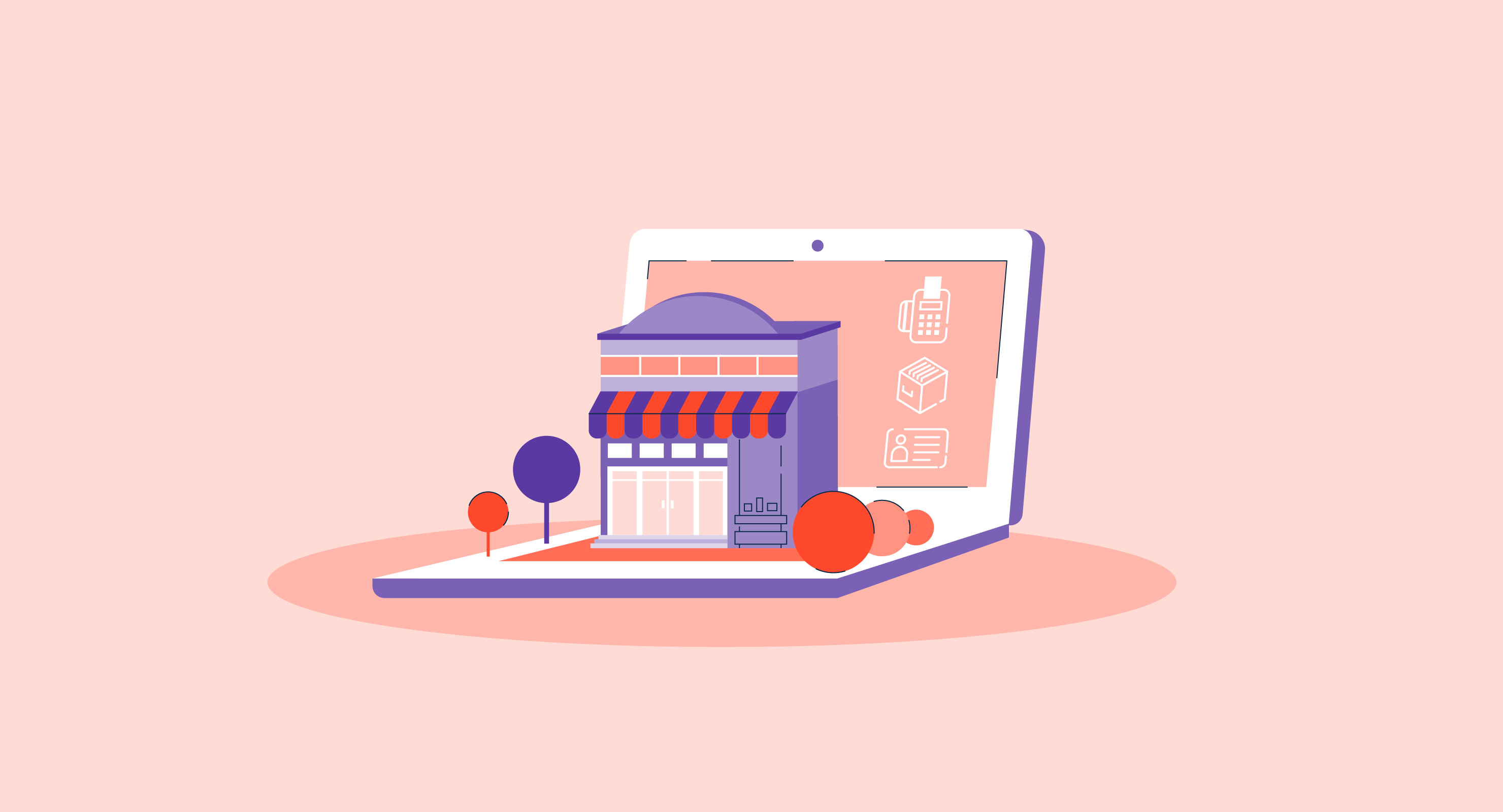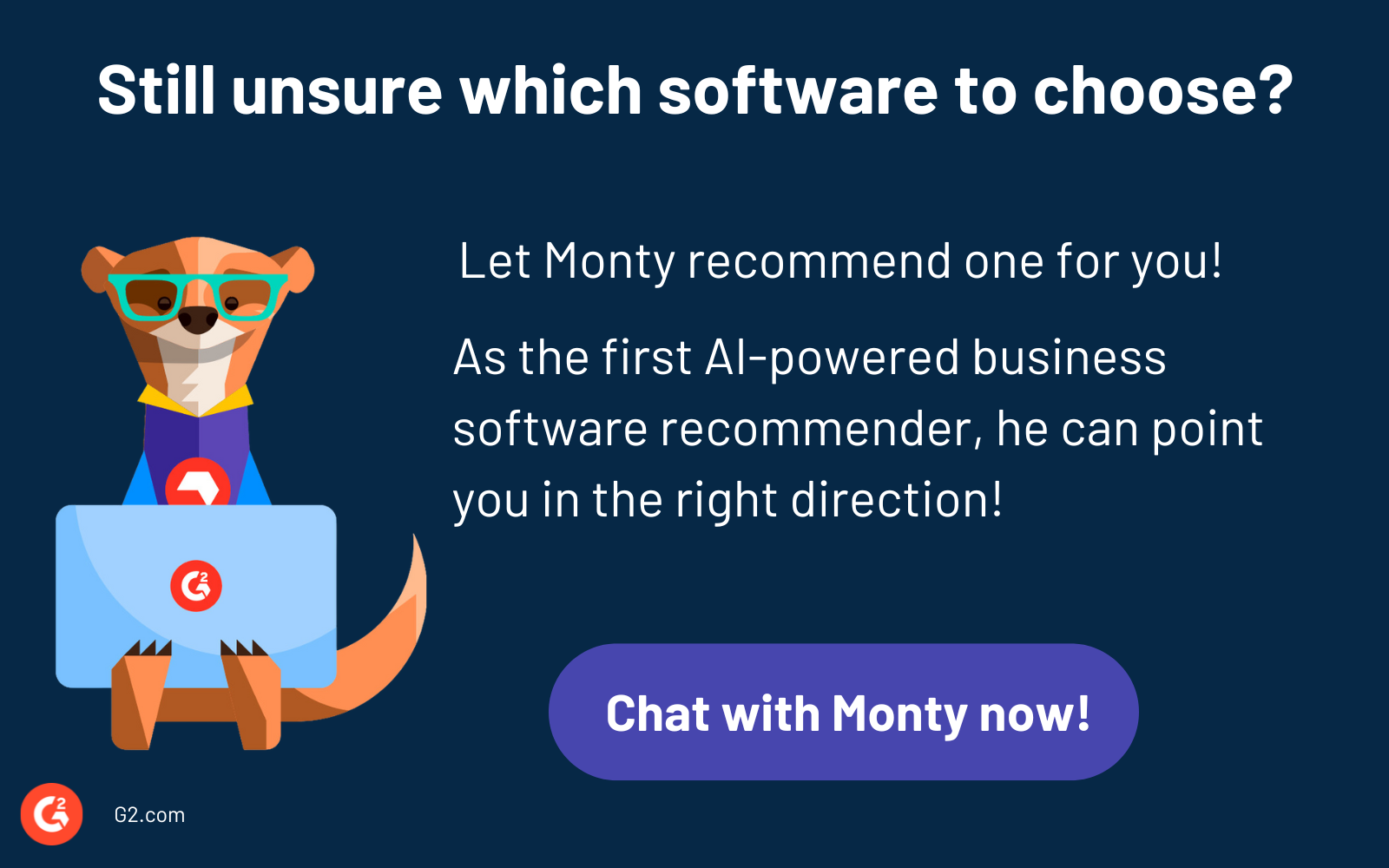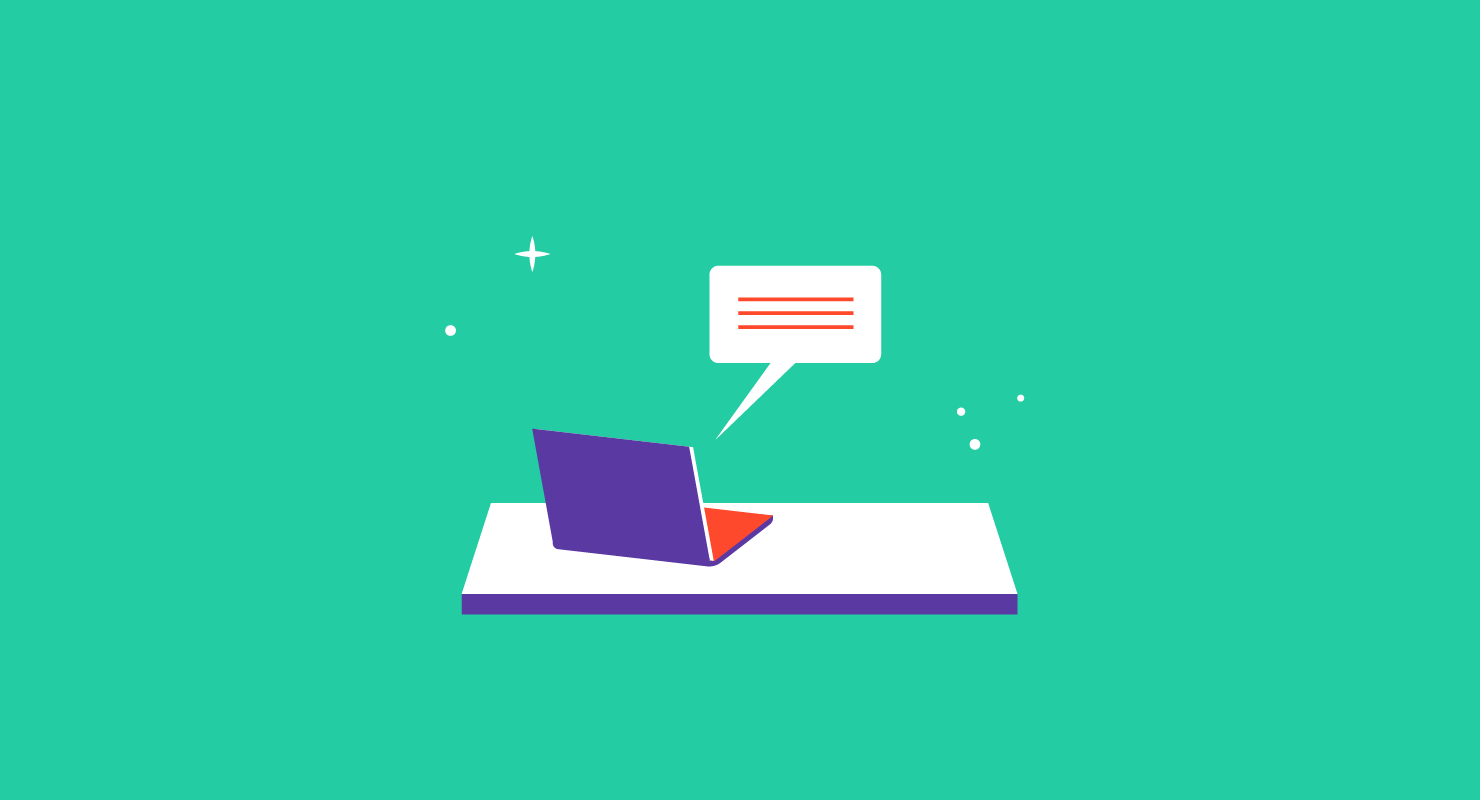In 2001, you could transfer a thousand songs to your brand-new iPod. You send an SMS text message from your monochrome display, Nokia 3310. You check your PalmPilot for upcoming appointments. Back then, this was high-tech.
Now, we can do all of this on a singular device. The thought of needing three gadgets for music, messaging, and scheduling is laughable in today’s age.
Surprisingly, many retailers follow a similarly convoluted process to manage their operations, using separate systems for different business functions. Bouncing around from software to software is time-consuming and makes it difficult to see the big picture. The truth is, not using a retail management system is like using a PalmPilot in 2025.
What are retail management systems?
A retail management system (RMS) is a platform that combines different tools to ensure smooth business processes. An RMS often features various automation and management capabilities that can help manage all aspects of the retail process and provide real-time information so retailers can make quick decisions.
RMS platforms are generally used for functions like inventory tracking, product promotions, pricing, and employee management. Retail management systems also track purchases across different sales channels.
Employees and other stakeholders within a retail business utilize RMS platforms for a real-time view of different business functions. Retailers access retail management systems online either through a web browser or software application.
Below are the two types of retail management software:
- Cloud-based RMS: Software applications that store data on remote servers accessed via the internet.
- On-premise RMS: Software applications that store data on local servers accessed through a closed network.
Features of retail management software
Most retail management systems integrate with other valuable programs, such as point of sale, marketing, and e-commerce systems. These integrations give retailers a seamless view of all business operations.
Retail management systems often have built-in tools so retailers can manage both online and in-store business in one place. Some RMS vendors also provide physical equipment, such as credit card readers, cash drawers, barcode scanners, signature captures, and PIN pads.
Put simply, retail management systems do a lot. If an RMS cannot perform a specific feature, it can likely integrate with one that does.
Common features of an RMS
Retail management system software often includes all or most of the following features:
- Point of sale (POS)
- Inventory management
- Warehouse and logistics software
- Customer relationship management
- Employee and vendor management
- Merchandising
- Reporting and analytics
- E-commerce and omnichannel software
- Payments and financial management
- Physical tools for in-store operations
Inventory control and order management
From the point of purchase to order fulfillment, inventory management is a crucial feature of any RMS. Inventory management is the process of tracking inventory levels, sales, and order fulfillment.
An RMS provides inventory metrics to show retailers which products, colors, and sizes are the most popular among their customers. This information can help guide retailers when ordering more items or deciding to make new products. While some RMS platforms feature their own inventory tools, most platforms can integrate with other inventory management software systems.
Retailers can also automate shipping and fulfillment processes and even manage waitlist inventory. Better yet, retailers can use an RMS to ensure consistency with product colors, sizing, and discounts across sales channels.
Customer relationship management (CRM)
A customer relationship management (CRM) platform is a tool businesses use to control customer interactions. CRMs usually involve data analysis to study large amounts of information.
Many retail management systems include a CRM module. This allows store employees to make notes in customer accounts to help improve support and build relationships. CRM capabilities allow retailers to analyze customer behavior and make business decisions.
A built-in or integrated CRM can identify geographical trends, allowing retailers to track dollars spent and returns for each customer. CRMs also provide necessary customer information for remarketing and omnichannel campaigns.
Employee and vendor management
An RMS can also assist retailers with managing their workforce. Employee and vendor management tools help maximize performance levels and overall proficiency for all employees.
Retailers can use retail management system software to manage both their employees and vendors. Employees can log in to an RMS and view individual job responsibilities and schedules, while vendors can review inventory levels and reorder products.
Reporting and analytics
Retail management systems pull data from various platforms and showcase it in one place. The goal of RMS reporting and analytics is to show you complex data and help you better understand it.
RMS reporting functions present defined, accurate data in an easily digestible way. Similarly, the analytics function empowers retailers to make informed decisions about uncertain situations.
RMS data shows how different aspects of a business relate to each other, such as in-store and online consumer behavior. This data helps retailers understand consumer behaviors and how that information can be used to attract and retain customers.
Point of sale (POS)
Point of sale (POS) is one of the most popular features of any RMS. The point of sale is the place where a transaction occurs from the seller to the customer, including the hardware and software that collect customer data.
In essence, point-of-sale systems streamline the sales process. Integrating your in-store and mobile POS software with an RMS means you only need one platform for your retail store, website, and back office to see and analyze all sales transactions.
Want to learn more about Retail Management Software? Explore Retail Management Software products.
Benefits of using an RMS
Modern retailers implement multichannel retailing strategies to meet the needs of today's tech-savvy consumers. This means retailers must juggle different channels, such as their brick-and-mortar stores, e-commerce sites, and third-party marketplaces.
An RMS mitigates the need for separate (and often redundant) software systems to monitor each channel.
Retail management systems also help employees in all aspects of business work more efficiently. RMS platforms help you limit duplicated efforts and avoid manual entry or reporting that often leads to data errors.
An RMS is beneficial for small and large businesses alike. For smaller retailers, it alleviates the costs of purchasing multiple systems. For larger retailers, an RMS is a convenient way to store all of their data in one location.
Who uses retail management systems?
Essentially, everyone involved in a retail business can find use with an RMS, including:
- Store employees use the POS system to complete in-store purchases, view inventory, and manage their work schedules.
- Store managers manage employee schedules and access sales trends to complete inventory orders.
- Store owners use reporting tools to analyze workforce efficiency and see profits from all sales channels.
- Marketing uses an RMS to see popular items and customer trends to guide promotions and advertising campaigns.
- Stock managers use past purchase data to guide inventory orders.
- Vendors can utilize an RMS to complete inventory requests and track fulfillment.
Promote efficient business operations
RMS platforms improve communication both internally and externally, allowing retailers to easily control promotions, forecast future performance, and analyze results.
Say your store sells a pair of shoes for $100. You decide to run an exclusive promotion for in-store shoppers where they can purchase the shoes for only $62.
First, an RMS can help you forecast the promotion's success based on historical in-store data. Second, the RMS can ensure the shoes are discounted at the correct POS – in this case, your brick-and-mortar store. Third, your RMS platform will track inventory so your employees know what sizes are in stock. This also ensures accurate inventory is displayed for customers shopping at other points of sale.
Finally, your retail management system can provide you with key performance indicators (KPIs) to analyze. You can integrate your finance and accounting systems to assist with bookkeeping, plus share business intelligence across your entire organization via your RMS.
Reduce unnecessary costs
Cost reduction is one of the biggest reasons retailers choose to utilize retail management system software. Collecting and housing all of your business information in one location can eliminate the costs of additional systems.
When you use an RMS, your staff saves valuable time otherwise spent managing multiple systems. Since RMS platforms are easy to use, your employees will not require as much system training.
An RMS may also help you avoid IT maintenance costs and the need to hire employees who focus solely on data management.
Mitigate inventory errors
The inventory management feature of an RMS isn’t just convenient – it also helps mitigate errors. RMS platforms can display details on products in stock and popular items running low on stock, so you can avoid running out of products in high demand.
An RMS can also help you ensure that proper inventory is reflected across all sales platforms you utilize. When it comes to ordering or creating new products, inventory management helps you avoid surplus and minimize waste.
Streamline transactions on-premise and online
Retail management systems streamline transactions by providing a more personalized customer experience. Employees can quickly access product information and create an easy transaction for the customer.
RMS platforms use suggestive selling to help employees cross-sell or upsell customers. Retailers can also use an RMS to accept partial payments and implement automatic discounts.
$7.4 trillion
is the projected value of worldwide retail e-commerce sales by 2025.
Source: eMarketer
Best retail management software
Retail management systems help centralize business operations. Utilizing an RMS can streamline sales, mitigate errors, reduce costs, and ensure your business runs smoothly. But before you commit to a new platform, you must find the best retail management solution for your business.
To be included in the retail management system software category, a product must:
- Provide multiple functionalities and combine the work of several platforms into one
- Track sales, inventory, and store operations
- Include a reporting and analytics functionality
*Below are the five leading retail management system software solutions from G2's Fall 2024 Grid® Report. Some reviews may have been edited for clarity.
1. Square Point of Sale
Square Point of Sale gives you everything you need to run and grow your business. Sell in-person, online, over the phone, or out in the field. Track customer preferences and feedback with every sale.
What users like best:
"The best aspect of using the Square Point of Sale is having your payments within your reach at any time because it is remote and makes checking out your customers so much faster."
- Square Point of Sale Review, Mariola M.
What users don't like:
"There is a small percentage that the company takes per payment, different if typed in vs swiped, so that can get confusing, but I do understand that the company needs to make a profit."
- Square Point of Sale Review, Samantha C.
2. Shopify POS
Shopify POS unifies your online and in-person selling to strengthen sales conversions everywhere you sell. It streamlines store management and builds stronger relationships with your customers. It has all the features you need to make sales, track performance, and manage customers, orders, and inventory.
What users like best:
"It was easy to learn quickly and on the job. There was little time or need for training. The shop had already added inventory in Shopify, so it was easy. I do not know too many other systems. However, I found it more user-friendly than Square."
- Shopify POS Review, Kathryn Z.
What users don't like:
"I dislike that Shopify Gift Cards are not reloadable. This feature is offered by many other point-of-sale providers, and I wish that Shopify offered this feature as well, especially for in-purchase customer returns. I also dislike that we cannot do multiple exchanges. If someone exchanges an item for another size and then later wants to bring it back for a different color, we cannot process this additional exchange at the point of sale."
- Shopify POS Review, Amanda C.
3. NCR VOYIX
NCR VOYIX is a leading global provider of digital commerce solutions for the retail, restaurant, and digital banking industries. It offers a comprehensive suite of products and services that help businesses improve their customer experience, increase sales, and reduce costs.
What users like best:
"This software is highly user-friendly, offering exceptional stability and reliability. The customer CRM and dashboard are intuitive, making them simple to navigate and understand. It supports a wide range of payment methods and offers streamlined solutions for tracking transactions with ease."
- NCR VOYIX Review, Kritika A.
What users dislike:
"NCR’s solution is expensive to set up and operate, making it less suitable for small and medium-sized businesses. Any damages can result in high repair costs, and the ongoing maintenance is both time-consuming and costly, adding to the overall burden for smaller enterprises."
- NCR VOYIX Review, Prudhvi Raj
4. Epicor Eagle
Epicor Eagle offers one of the most comprehensive, scalable, and proven point-of-sale and retail management solutions on the market. Backed by over 50 years of retail and technology experience, retailers in over 8,000 locations choose Epicor to help grow their business, increase revenue and profits, boost operational efficiencies, and accelerate customer retention.
What users like best:
"This system excels in inventory management and customer relationship management, providing seamless and efficient solutions. Its payment processing capabilities are robust, and the platform offers impressive data visualization for managing multiple projects with ease."
- Epicor Eagle Review, Douglas G.
What users dislike:
"We've encountered some limitations with Epicor N Series. Building and using financial statement reports isn't very intuitive, as the system relies on older technology. For instance, it doesn’t natively export reports into Excel, so we use GL data to create financial statements in Excel manually. While this approach works fine for smaller businesses, larger companies may find the statement handling insufficient. Additionally, we experienced issues with inventory management, which was one of the reasons we switched away from N Series. Although I'm not in operations and lack direct insight, the ordering limitations also influenced our decision to move to a different system."
-- Epicor Eagle Review, Devin R.
5. Heartland Retail
Heartland Retail is a cloud-based RMS designed by retailers for retailers. This system was created for multistore, multichannel retailers, offering a seamless customer experience.
Heartland Retail helps retailers take control of their profitability with real-time data. This RMS boasts features such as inventory management, reporting, and portability across platforms.
What users like best:
“The team and system reliability are great. The inventory reporting that we gained from it over our previous system makes identifying best sellers and needs a lot easier. The ability to function as a traditional retail business improved tenfold. Heartland Retail is easy to use and understand. Great product overall.”
- Heartland Retail Review, Dan B.
What users dislike:
“I don't feel like our sense of urgency is met when bringing up critical issues. We report or inquire about issues from minor to major, but it often doesn't seem like there's a difference on the other side of the fence. I often follow up 90% of the time vs. being taken care of and valued when we've got an issue that's undoubtedly a big deal for our business. It's important to build trust with customers.”
- Heartland Retail Review, Rebecca L.
Concentrate on your retail systems!
It’s time to ditch your PalmPilot for an all-in-one solution. Centralizing your operations into one retail management system is the best way to gather data, manage your workforce, and mitigate errors. An RMS helps ensure your business operates efficiently so you can focus on the big picture.
Learn how retail analytics can help you identify areas of improvement and forecast trends.
This article was originally published in 2021. It has been updated with new information.

Brittany K. King
Brittany K. King is a Content Marketing Manager at G2. She received her BA in English Language & Literature with a concentration in Writing from Pace University. Brittany’s expertise is in supporting G2 products and sellers, focusing specifically on Buyer Intent data and Review Generation. After 5pm, you can find Brittany listening to her extensive record collection, hanging with her dog and cats, or booking her next vacation.


